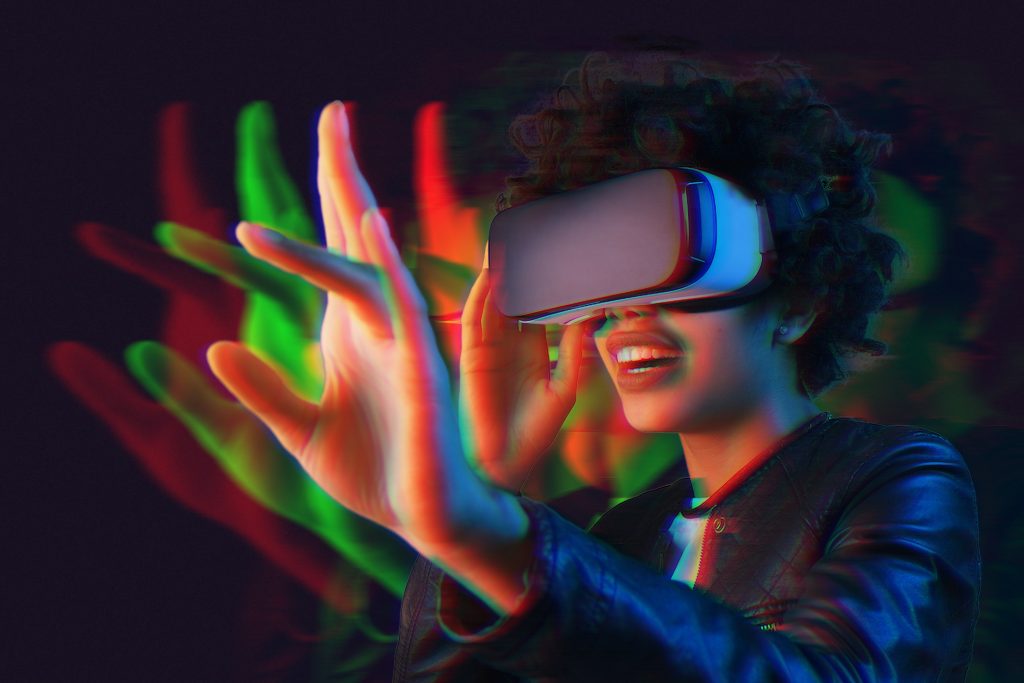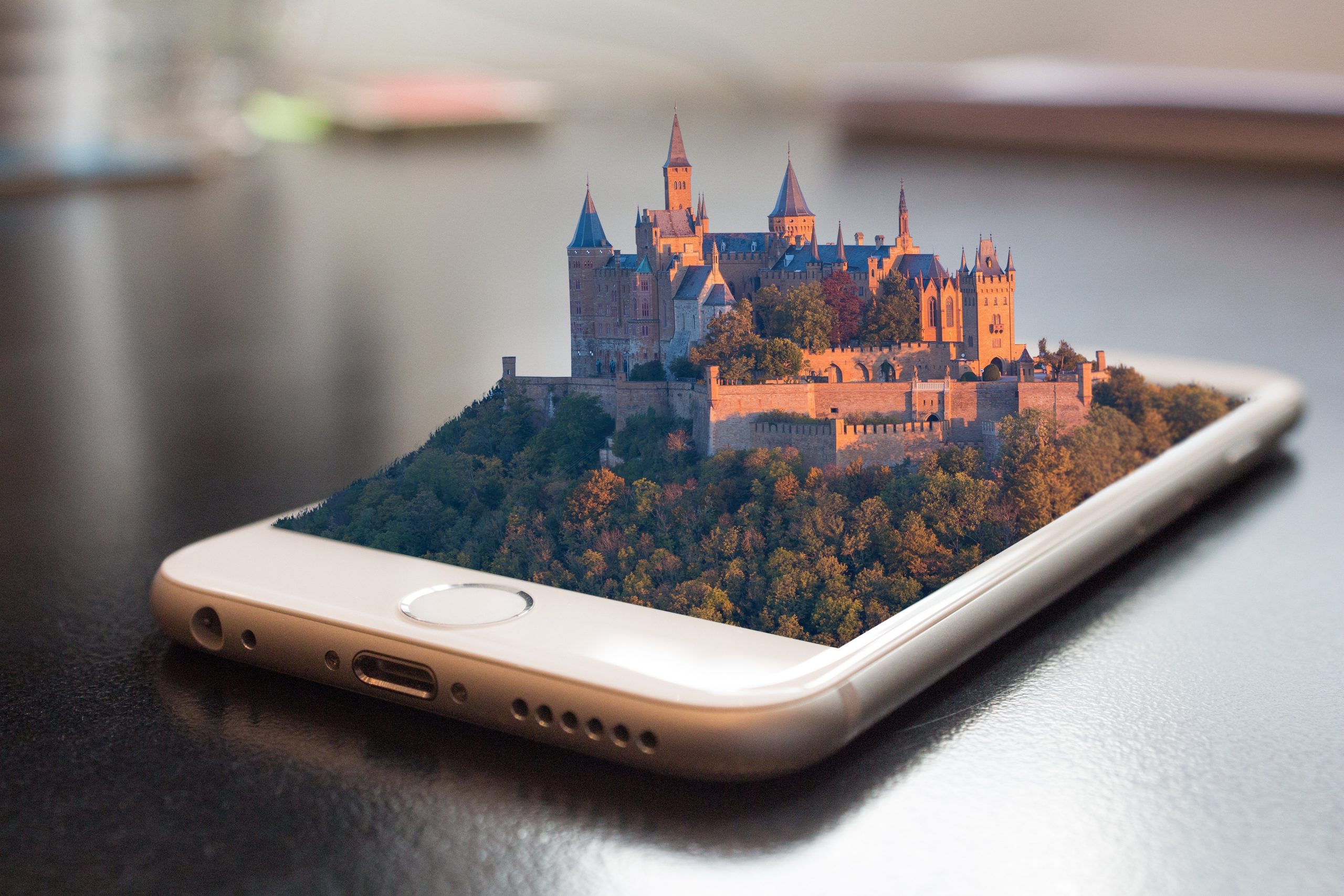
Augmented reality (AR) has long been confined to mobile apps and specialized hardware, but the rise of WebAR is shattering these barriers, transforming websites into immersive portals where digital and physical worlds collide. By integrating AR directly into browsers, developers are crafting experiences that let users visualize products in their homes, interact with 3D storytelling, and even manipulate virtual objects through nothing more than a smartphone screen—no app downloads required. This shift isn’t just technological; it’s redefining how brands engage audiences, turning passive browsing into participatory exploration.
The WebAR Revolution: No Apps, No Friction
Powered by frameworks like WebXR and WebGL, modern browsers now support AR natively. A user visiting a furniture site can point their phone at their living room and see a life-sized sofa rendered in real-time, adjusting colors and fabrics with a tap. IKEA’s Place app pioneered this, but WebAR eliminates the need for app installations, reducing drop-offs by 60%. Startups like 8th Wall and Zappar democratize these tools, enabling even small businesses to embed AR via simple JavaScript snippets.
Education and tourism are leveraging WebAR to create “living” content. The Louvre’s website now offers virtual tours where statues step off the page, narrating their histories through spatial audio. Meanwhile, biology students dissect 3D holograms of cells, rotating and zooming via touch gestures—all within their browser.
Driving Engagement Through Interactivity
The magic of WebAR lies in its interactivity. Unlike static 3D models, AR experiences respond to user actions and environments:
- Gesture Controls: Swipe to rotate a product, pinch to resize, or hold a pose to trigger animations.
- Environmental Awareness: AR objects cast realistic shadows or occlude behind real-world obstacles, like a virtual dog hiding under a desk.
- Collaborative AR: Multiple users join a shared AR space via unique URLs, ideal for virtual showrooms or gaming.
Fashion retailer ASOS uses WebAR to let shoppers “try on” accessories. A user tilts their head to see earrings from different angles, while the site’s AI suggests matching outfits based on their movements. This blend of play and utility boosts average session times by 40%.
Technical Hurdles and Breakthroughs
Performance remains a challenge. Rendering photorealistic 3D models in real-time strains mobile processors and data plans. Innovations like glTF compression and WebAssembly optimize asset delivery, while edge computing offloads rendering to nearby servers.
Cross-device compatibility is another frontier. While iPhones leverage ARKit and Androids use ARCore, WebAR frameworks abstract these differences, ensuring consistent experiences. Progressive enhancement ensures graceful degradation—users on older devices see simplified 3D previews instead of full AR.
Ethical and Practical Considerations
Privacy concerns loom large. AR requires camera access, raising questions about data misuse. Forward-thinking platforms anonymize spatial data and process inputs locally. Mozilla’s WebXR Viewer, for instance, blocks environment mapping until users grant explicit consent.
Accessibility is equally critical. Voice commands and haptic feedback make AR navigable for users with motor or visual impairments. The W3C’s WebXR Accessibility Guidelines are paving the way for inclusive design standards.
Case Studies: WebAR in Action
- Nike Fit: Nike’s WebAR tool scans feet through a browser to recommend shoe sizes, reducing returns by 35%.
- Sephora Virtual Artist: Try lipstick shades in real-time via facial tracking, driving a 27% lift in conversions.
- NASA’s Mars Rover: Explore Martian terrain through AR on NASA’s site, with terrain adapting to screen tilt.
The Future: AR as the Web’s Native Language
As 5G and WebGPU (a next-gen graphics API) roll out, expect richer, faster AR experiences. AI will enhance object recognition—imagine pointing your phone at a recipe blog to see a holographic chef demonstrating steps. Meanwhile, blockchain could enable AR asset ownership, letting users collect and trade 3D NFTs embedded in websites.
The Browser as a Portal to New Realities
WebAR isn’t a gimmick; it’s the next evolution of the web. By merging imagination with immediacy, it turns static pages into dynamic worlds where users don’t just consume content—they inhabit it. For brands, this means deeper engagement. For users, it’s a glimpse into a web that feels alive.

Leave a Reply